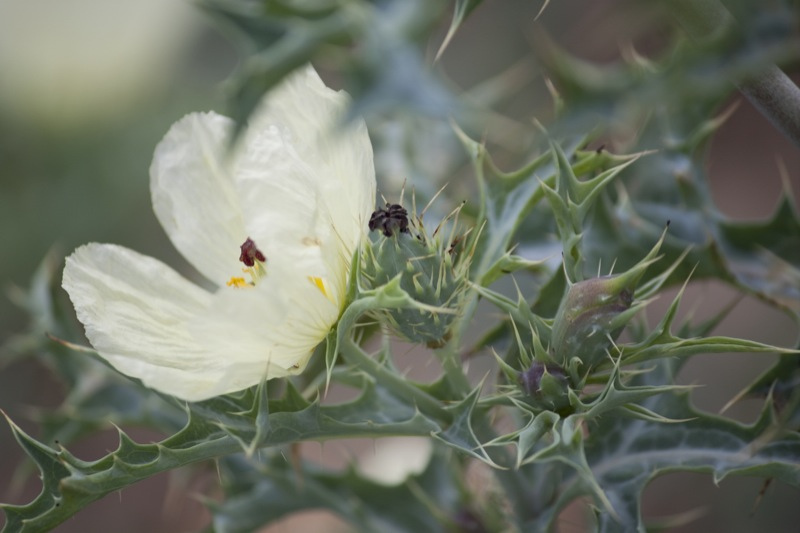Send to a friend
The details you provide on this page will not be used to send unsolicited email, and will not be sold to a 3rd party. See privacy policy.
[JAKARTA] Indonesia is now working on a massive inventory of its plant biodiversity to create a “digital herbarium”.
Called Xmalesia, the open access project trains young Indonesian scientists to collect, identify and store data of Indonesian flora and enables them to work together across Indonesia’s vast archipelago, and with scientists around the world, particularly those from Malesia, the floristic region that includes Brunei, Indonesia, Malaysia, Papua New Guinea, the Philippines and Singapore.
“There are actually many people, both local and international, working on Indonesia’s biodiversity but they usually work alone and the data are scattered.”
Teguh Triono, Indonesian Biodiversity Foundation
Just like a herbarium, the Xmalesia website stores the digital pictures of Indonesian plants, which include their taxonomic characteristics such as leaves, fruit, seeds and flowers, their metadata such as sampling time and location, and their DNA barcode.
The project has so far collected 2,000 plant samples and 800 DNA barcodes from Indonesia’s main islands such as Flores, Kalimantan, Papua and Sulawesi.
Teguh Triono, the principal investigator of the project and programme director of the Indonesian Biodiversity Foundation (KEHATI), says the main problem of biodiversity inventory in Indonesia is the huge size of the country which makes it difficult for scientists to record the data in one place and at a short time.
“There are actually many people, both local and international, working on Indonesia’s biodiversity but they usually work alone and the data are scattered. By making a digital herbarium, anyone in the archipelago or around the world can share,” explains Triono.
In 2010, Triono and Campbell Webb, a plant ecology professor at Harvard University’s Arnold Arboretum, started the Xmalesia project by digitising plant collections in Gunung Palung, West Kalimantan. The project has since taken root in other main islands and trained local scientists and natural reserve officers in morphology, molecular and bioinformatics skills.
Webb says the project is meant to be collaborative by putting Indonesian scientists at the frontline. “One of the purposes of this project is capacity building and technology transfer. I was very delighted to work with Indonesia’s extremely high number of young talents.”
The project has involved scientists from the Indonesian Institute of Sciences, software engineers from Gunadharma University and officers from the Agency of Conservation and Natural Resource (BKSDA).
The project has also trained students and park rangers who frequently travelled to the national parks to make informal observation of plants which they share via social media.Funded in 2010-2015 by the National Science Foundation, a United States government agency, the project is now at the stage of data analysis. Scientists will analyse the distribution pattern of Indonesian flora, which is important for forest restoration in the country.
This article has been produced by SciDev.Net's South-East Asia & Pacific desk.














